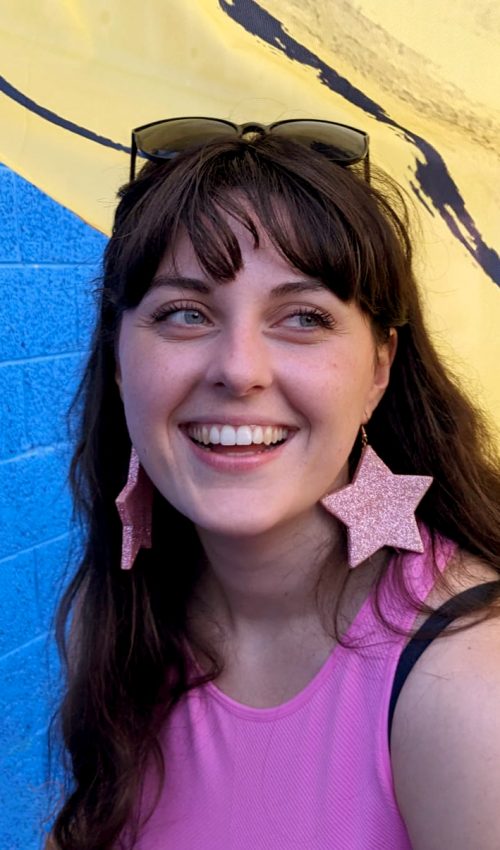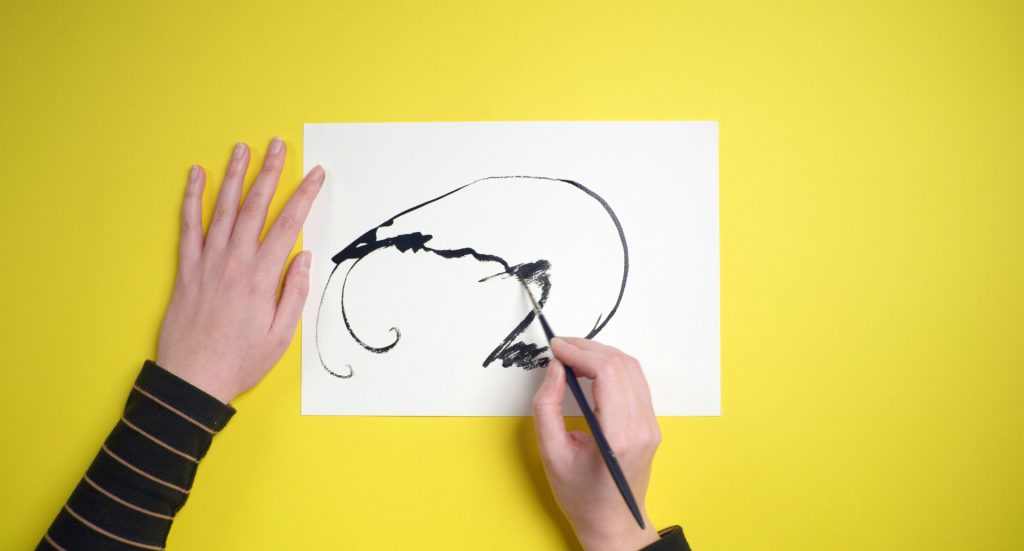Elinor O’Donovan uses film, installation, digital collage and sculpture to make up playful answers to questions about knowledge, memory, and truth. Her work explores the ways that stories inform worldviews and the blurred line between fact and fiction, suggesting humorous explanations for what it is to be human and more-than human.
At the heart of her work is the oft-repeated tenet of capitalist realism, that “it is easier to imagine the end of the world than imagine the end of capitalism”. By using humour and a broad (and sometimes dissonant) repertoire of culture references, she aims to problematise the things that are generally accepted as “the world”. By looking at how micro-details point to macro-narratives, and by testing out the strange and disjunctive relationships between symbols and imagery, she aims to create glimpses of speculative realities; “worlds” where things might be different.
In presentations of her work, she exemplifies ‘neoteny’, a term used in evolutionary biology to describe the way that creatures evolve to look like infant forms of previous stages in their evolutionary cycles, and which was applied to aesthetics by the science-fiction writer Jonathan Lethem. The neotenous aesthetic in her work is an intentionally juvenile sense of play and humour, which is seen in her sculptures propped up by tripods, quick sketchy drawings, playful collages fixed with masking tape, and found objects haphazardly placed. Her aim in this is to question what use can art be, what influence can it have, if it is inarticulate and unformed? Leaving things unresolved accepts indecisiveness as an inevitable response to a postmodern world, a world of global capital, hyper-connectivity, and hyper-velocity.





